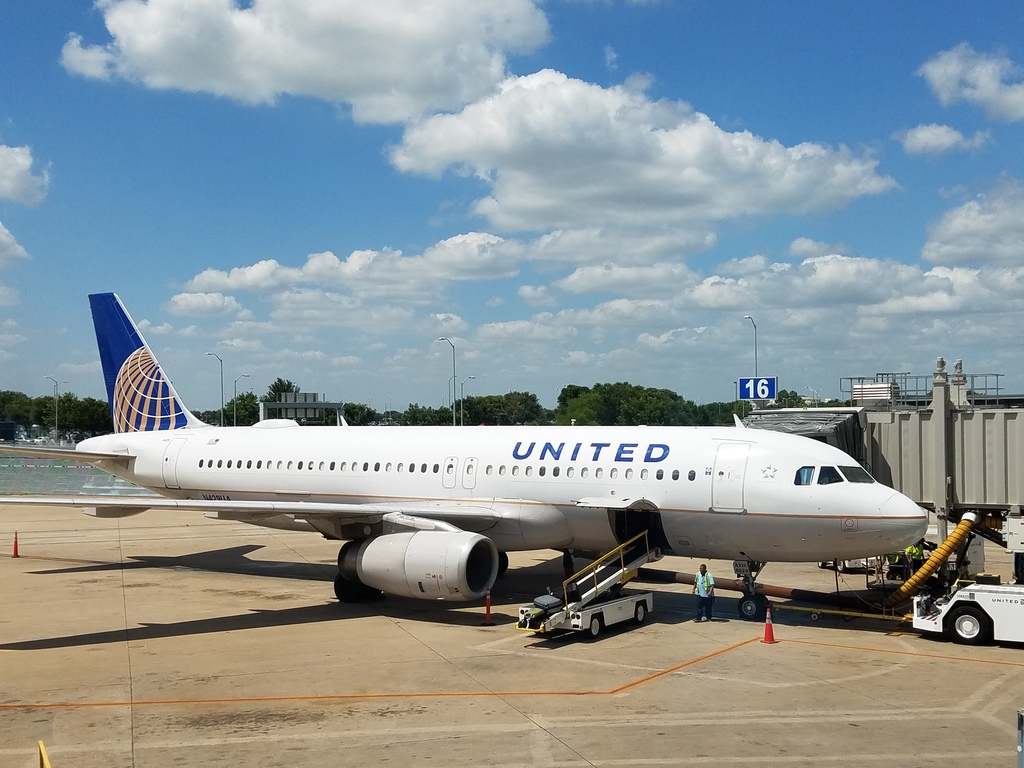Banked hubs are costly to an airline, there’s a lot of activity, a lot of downtime, and they wind up paying people to stand around. But they’re attractive for selling tickets — shorter connecting times mean flights filter up to the top of search. Customers want to get where they’re going quickly. The problem is during irregular operations — bad weather can delay flight departures, then there are no gates for arriving flights, and challenges connecting cascade.
One key factor in customers choosing an airline, after price, is total flying time. Shorter trips often show up higher in flight search.

So reducing connecting time doesn’t just get customers to their destinations faster when everything goes right, it also increases the likelihood that customers will buy from an airline. The challenge of course is when things go wrong.
The idea is that planes land and are turned around quickly. By compressing flight arrivals followed by departures you’re increasing the number of connections that appear to appeal to passengers.
- Compared to a rolling hub where flights arrive and depart evenly throughout the day this means more employees handling more passengers at peak times. It also means lulls at the airport where you’re paying those employees to wait for the next bank of flights.
- This approach more fully utilizes gates during peak times. During irregular operations it’s more likely to cause problems that cascade throughout the system, gates unavailable when planes don’t push back and planes therefore arriving without a gate. Shorter connection times mean more missed flights.
- Shorter connections also mean less airport shopping revenue for merchants, although there’s a drive towards app-based ordering of food in advance and delivery to gates at many airports which means less time is required for spending money at the airport. There’s less browsing though which does detract from retail sales. (By the way airlines take a piece of retail.)
United believes that re-banking their hubs will earn them greater market share from smaller cities based on the number of desirable connections that can be offered to smaller city passengers.
The airline will re-bank their Denver hub next week. The perspicacious Brian Sumers has a great chart showing how flights will cluster:
United will re-bank its Denver hub next week. What does this mean? The airline is re-timing flights so more customers can make connections. It's fine to focus on United making product and customer service improvements, but scheduling is important, too. pic.twitter.com/R7DTX4izaC
— Brian Sumers (@BrianSumers) February 7, 2019


Word of the day, perspicacious. Very interesting analysis. The key questions are will a rebanked schedule translate into higher profits or more satisfied customers. Tight connections increase stress due to the risk or actuality of misconnecting (bring back the OJ commercials), and it is easier to get on the phone or a laptop in a lounge than on a plane. As far as scheduling or anything else, United need only ask What Would Delta Do.
I’ll second the “Shorter connections mean higher rankings on travel sites.”
I’ve been looking at some Caribbean options (out of Denver humorously) and I’ve happened on some really odd suggested itineraries because of the whole connection time and resultant total journey time.
In one option I was looking at, the first option that came up was DEN-ATL-MIA-PAP-PTP and the second was DEN-YYZ-YUL-PTP. I had to scroll down significantly before I got to DEN-MIA-PTP on AA because it involved an overnight connection in Miami. It was the cheapest and easiest option by far and, truthfully, I’d rather overnight in a bed in an airport hotel than spend the night connecting from flight to flight in some weird milk run.
These banks make it really hard to grab a bite during the connection. The lines are insane.
I hate tight connections and avoid like the plague as when you mis-connect they try to balm everything on you or the weather One hiccup your done!
You used my favorite word, perspicacious! This is the first time I’ve seen it on a website.
Thank goodness the ITA matrix still exists! A picture is worth 1,000 words to show cost + carrier + duration + layover time/location . Sometimes (as pointed out above) long duration isn’t so bad if it’s because of a long layover in a bed, lounge, restaurant, or *ANYPLACE* other than a plane seat in flight or waiting on the tarmac for clearance. And criss- crossing airspace with multiple landings is just “plane” stupid!